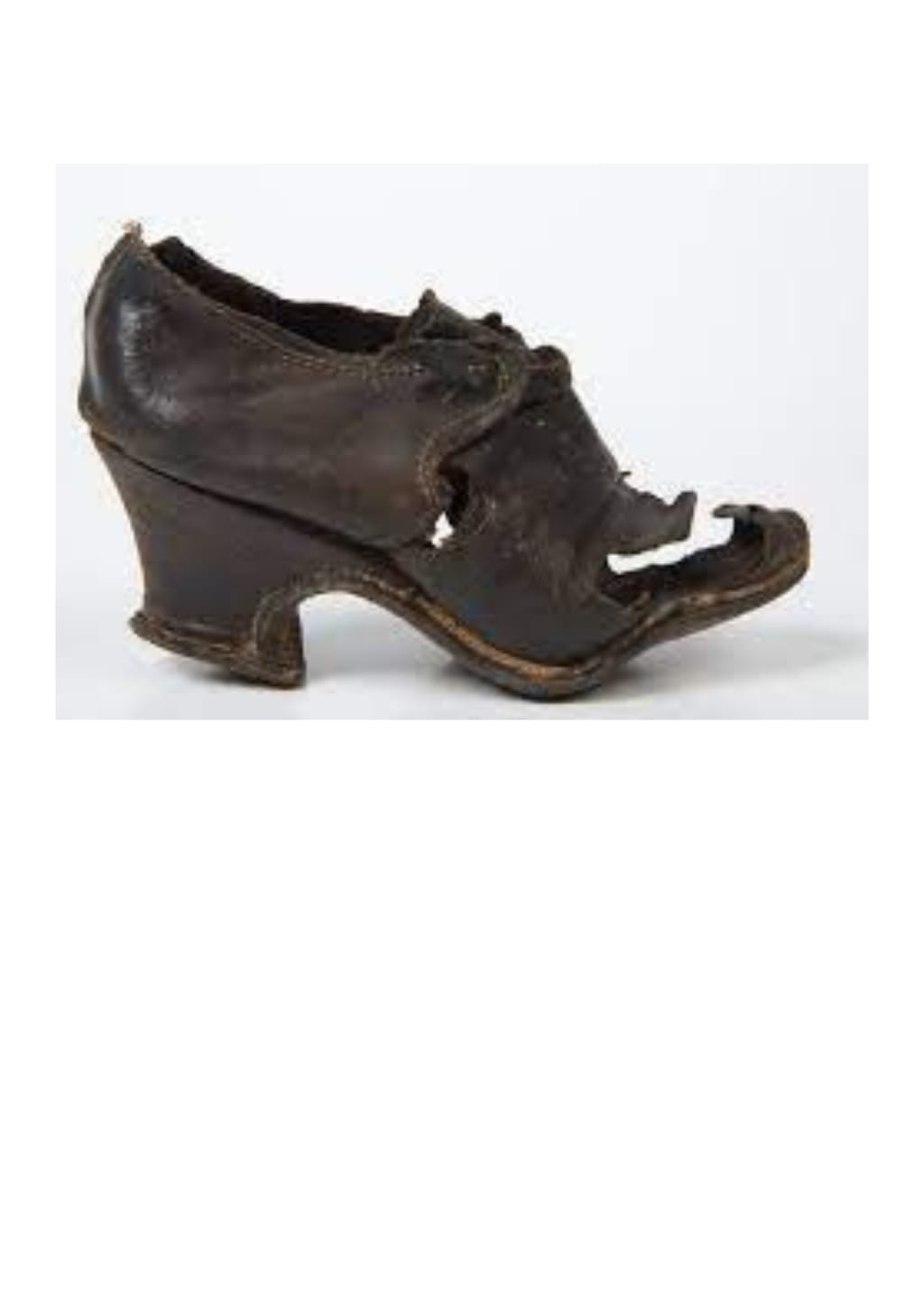WHY ARE SHOES SOMETIMES FOUND BURIED IN OLD BUILDINGS?
Most finds date to the 18th and 19th-Century. But why did superstitious owners and builders believe in this mysterious ritual?

Most of the finds date to the 18th and 19th Century and many buildings in Britain are thought to have hidden shoes buried in their walls. But why did superstitious owners and builders believe in this mysterious ritual?
Several ideas have been put forward to account for the union of shoes into the fabric of a property. One is they functioned as a kind of fertility charm. There’s a long-standing association between fertility and shoes. Perhaps showed in the nursery rhyme, ‘There was an old woman who lived in a shoe.’ There is also the custom of giving a shoe to a bride as she leaves for her honeymoon or fastening shoes to the departing couple’s car. In days past Lancashire, women who wanted to get pregnant. Tried on the shoes of a woman who’d just given birth. The custom was known as smickling.
There’s also a theory that shoes were hidden to safeguard against evil powers such as demons, witches and ghosts or even the devil himself. Witches were thought to be drawn by the human odour of a shoe. After entering the house, they found themselves trapped, as they could not reverse.
An unsanctioned 14th-century English saint, John Schorne, might have been the source of the belief that shoes had the influence to shield against evil. Schorne was said to have entrapped the Devil in a boot. A myth that may have its beginning in a more ancient folk belief. In which the Church was endeavouring to switch into an approved Christian rite.
Many shoes that were secreted in buildings have been discovered in Britain, but they have also been found in Belgium, the Czech Republic, Finland, France, Germany, Poland, Spain and Sweden, as well as in Australia, Canada and the United States.
Shoes have been revealed in many places, including chimney breasts, in walls, below window sills, above door lintels and under floorboards. Some finds have also been found under stairs and in the foundations of buildings. Concealed shoes have been found in cottages, farms, manor houses and public buildings. Churches, hospitals, schools, workhouses, barracks, railway stations, museums and Oxford colleges have had shoe finds.
Most of the finds are by builders. Regrettably, many do not record the actual place or have photographic verification to present. Many finds are just discarded. One shoe, found in a chimney, came covered in mud and grass as if had been taken off a child’s foot just before being hidden. Chimneys were considered easy ways to gain access to a house and became popular hiding places for the shoes.
Builders were renovating a 17th-century fireplace in Norfolk when they found a bundle of paper wrapped around a child’s shoe on a ledge above the lintel. The shoe is thought to have been concealed when the fireplace was bricked up following a chimney blaze in the late 19th century. It was described as a little, round-toed, right-foot shoe for a two-year-old. It was well made with a flat heel and well worn.
It may have been a builder who buried a man’s buckled shoe at St John’s College, Cambridge, during an 18th-century renovation. It was discovered during renovations in 2016, hidden behind panelling between a fireplace. Shoes have also been found concealed in manor houses, churches and even Hampton Court Palace.
The Northampton Museum maintains a Concealed Shoe Index, which at the moment contains over two thousand discoveries. The shoe sizes logged in these records represent all sizes and ages, though nearly half of the shoes found belonged to children. It was started in the 1950s by a previous curator, who realised the shoes were not just discarded but had actually been placed. The index lists around three thousand shoes found in houses right across the country. With the highest number being from the southeast of England. The museum also holds over two hundred and fifty shoes, the oldest dating to the 1500s and found at St John’s College, Oxford. The earliest concealed shoe discovered in Britain was found behind the choir stalls in Winchester Cathedral choir stalls. The stalls were installed in 1308. So, to sum up, there are theoretically thousands of pre-20th-century properties containing concealed shoes.
About the Creator
Paul Asling
I share a special love for London, both new and old. I began writing fiction at 40, with most of my books and stories set in London.
MY WRITING WILL MAKE YOU LAUGH, CRY, AND HAVE YOU GRIPPED THROUGHOUT.
paulaslingauthor.com






Comments
There are no comments for this story
Be the first to respond and start the conversation.